Avevo già cominciato a fare la conta in altro articolo di RW quando mi è apparsa infografica e tre note riassuntive: ecco tutti i medagliati alle Olimpiadi di Rio (da sinistra in senso orario): Matthew Centrowitz (oro 1’500m), Evan Jager (argento 3’000st), Paul Chelimo (argento 5’000m), Emma Coburn (bronzo 3’000st), Clayton Murphy (bronzo 800m), Galen Rupp (bronzo maratona) e Jenny Simpson (bronzo 1’500m) …
raccogliendo più medaglie a Rio di quanto fatto nelle 4 Olimpiadi precedenti. In che modo?
Beyond good luck and guessing games, there was old-fashioned hard work, incredible talent, and a concerted effort on the part of U.S. officials, coaches, and athletes who bought into a high-performance initiative four years ago to help close the gap.
“After London we saw that 10 distance athletes finished in the fourth-through-eighth place positions,” said Robert Chapman, USA Track & Field associate director of sports science and medicine. “We looked at that group and asked, ‘How much do they need to improve to medal?’”
When the numbers were crunched, these runners needed an average of 0.52 percent performance improvement in order to have a better chance at landing on the podium at the 2016 Olympics, Chapman said. USATF and the United States Olympic Committee began putting resources toward that goal and invited top-tier coaches and athletes to be part of it.
- Training High. At the heart of the ongoing research was how to optimize altitude training—not a new concept, but a factor identified as having the most potential for results … “We set up an initiative to measure the individual athletes’ responses to altitude and, from that, their coaches could design their training programs,” Chapman said. “Based on the information we could provide, coaches could make decisions like how high to train, for how long, when to go in the training cycle, what workouts to do at altitude, and when to come down to sea level to compete.” … USATF provided support for altitude camps in Flagstaff and Park City, Utah, where athletes agreed to have their total hemoglobin mass measured at the beginning and end of their stints. They also measured ferritin, the protein that stores iron—normal levels are important because those with low ferritin tend to show no increase in hemoglobin mass at altitude.
- Timing it right. For the track events, about 30 days between the team selection competition and the Olympics seem to keep the runners on a preferable schedule. The U.S. Olympic Track and Field Trials were held during the first two weeks of July, leaving about four weeks until the Games began. For the marathon runners, the trials were moved to February after being held in January in 2012, which allowed for a window of recovery and six months of preparation.
- Planning for logistical challenges. Chapman and others at USATF and the USOC started planning to make the trip as smooth as possible for Team USA. A nearby naval base was rented as a private training venue, which provided a track that used the same Mondo surface as the Olympic Stadium facility, weight rooms, cooks, medical staff, and pretty much anything else an Olympian might need to perform.
The overriding theme for the success at this Olympics is really the collaboration between coaches, sport administrators, scientists, the USOC, and USATF. It’s a new era.”

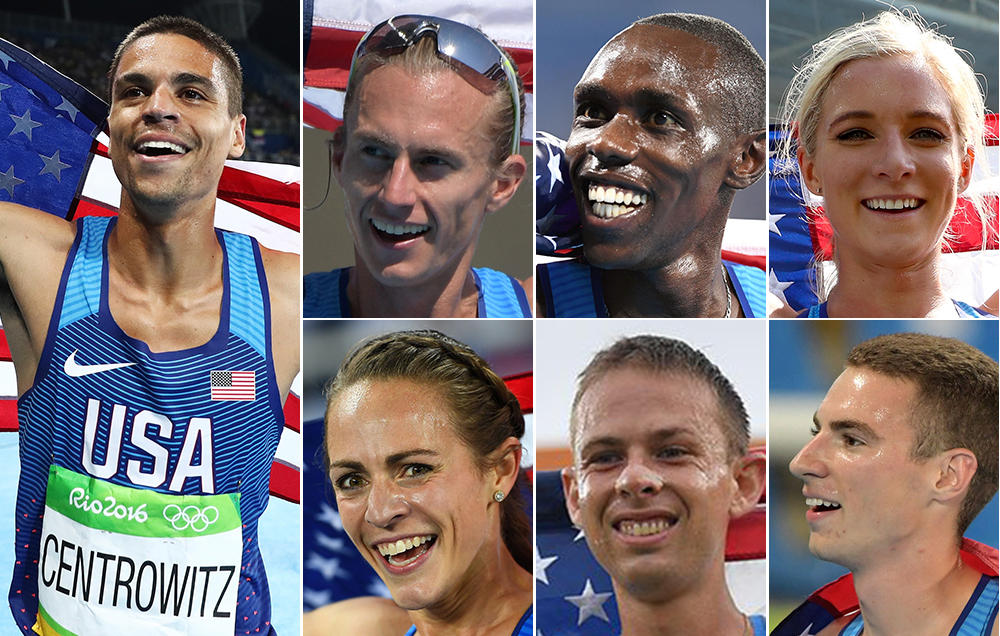
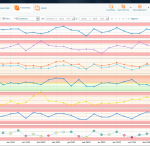
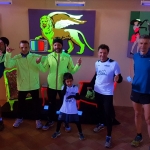
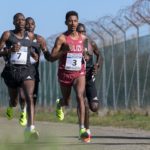
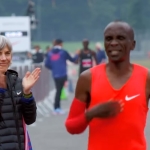


Leave A Comment